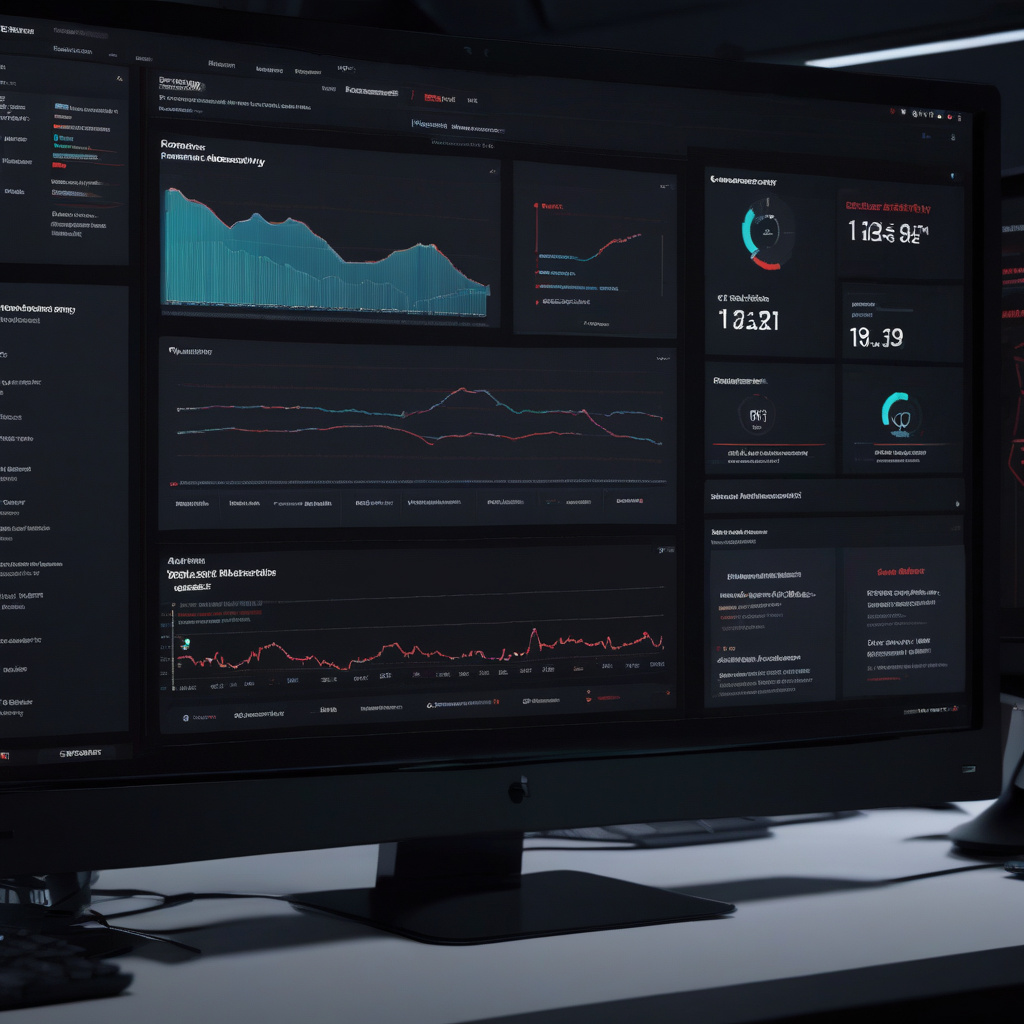In a recent revelation by Bitdefender, a leading cybersecurity company, it was found that a staggering 84% of cyber attacks leverage built-in Windows tools. This discovery sheds light on a sophisticated shift in the strategies employed by cybercriminals. Gone are the days when hackers had to carry their own arsenal of hacking software into a target network. Today, they are adept at utilizing the very tools that already exist within the Windows operating system, making their malicious activities harder to detect and trace.
This alarming trend underscores the importance of understanding the vulnerabilities inherent in seemingly benign software that comes pre-installed on our systems. Tools like PowerShell, Windows Management Instrumentation (WMI), and Windows Script Host (WSH) are being exploited by cybercriminals to execute attacks with a level of stealth and sophistication that can evade traditional security measures.
For IT and development professionals, this revelation serves as a wake-up call to reassess security protocols and practices within their organizations. It is no longer sufficient to rely solely on external security solutions to safeguard against cyber threats. A holistic approach that includes monitoring and securing built-in Windows tools is essential to fortifying the defenses of a network.
So, what can organizations do to mitigate the risks posed by the misuse of these tools? One crucial step is to implement robust monitoring systems that can detect unusual or unauthorized activities involving Windows tools. By closely monitoring the usage patterns of PowerShell, WMI, and other built-in tools, suspicious behavior can be identified and addressed promptly.
Additionally, restricting access to these tools based on the principle of least privilege can help limit the potential impact of an attack. By ensuring that only authorized personnel have the necessary permissions to use these tools, organizations can reduce the attack surface available to cybercriminals.
Furthermore, keeping systems updated with the latest security patches and configurations can help prevent known vulnerabilities from being exploited. Regular security audits and penetration testing can also help identify and address any weaknesses in the security posture of an organization.
In conclusion, the findings by Bitdefender underscore the evolving tactics of cybercriminals and the need for organizations to adapt their security strategies accordingly. By understanding how built-in Windows tools can be weaponized, IT and development professionals can take proactive steps to defend against these sophisticated attacks. Vigilance, education, and a proactive approach to security are key in staying one step ahead of cyber threats in an increasingly interconnected digital landscape.

